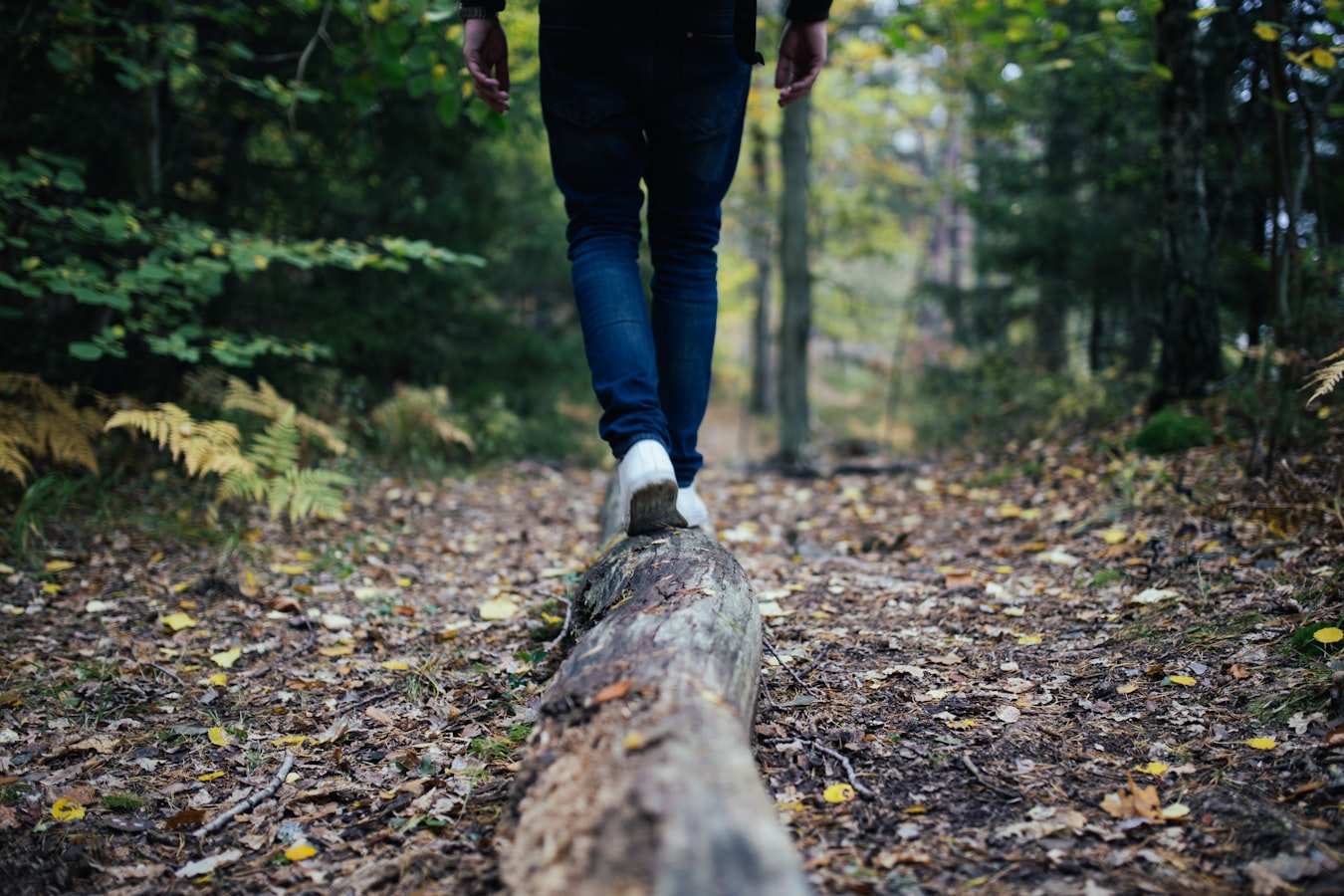The Nature Conservancy (TNC) is delighted to share that works to allow tidal reconnection at its landmark South Australian Blue Carbon Ecosystem Restoration Project site are completed. This significant milestone follows the formal registration of the site with the Australian Government’s Clean Energy Regulator, with the Webb Beach site being the first site registered for blue carbon credits in SA.
The project is located to the north of Adelaide and adjoins the Adelaide International Bird Sanctuary │į╣Ž═°šŠ Park – Winaityinaityi Pangkara. Over time, 255 ha of coastal wetland will regain natural tidal flows, restoring vital habitat for migratory birds, nursery and feeding areas for fish, as well as native saltmarsh and mangrove stands. Over time, the area will transition to a thriving coastal wetland ecosystem.
Up to 15,000 shorebirds gather in the bird sanctuary for around six months each year before migrating to breeding grounds in China, Siberia, and elsewhere in East Asia. Expanding the wetland habitat available to these birds will strengthen global conservation efforts along one of the world’s three great migratory bird flight paths.
“The completion of works to allow tidal reconnection is a fantastic achievement for coastal restoration in South Australia,” Kylie Moritz, Blue Carbon Officer for TNC Australia, said. “We feel very inspired and humbled by the work put in by all our partners to support this outcome.
“During this project, tidal blockages constructed in the early 1950s were removed, paving the way for the return of natural tidal flows to this coastal landscape, which will regenerate the wetland and provide important habitat for a diversity of wildlife and plants,” Ms Moritz said.
Tidal waters began to flow only days after the pipes went in at two of the four reconnection sites.
The commitment of the Drew family, who own the property and have backed the project since it started in 2019, was a key to its success. It was Bill Drew Senior’s dream to see the wetlands reconnected to the coast. Since his passing, his son, also Bill Drew, has taken up the mantle. “My father had a vision for this land, and we’ve finally made it a reality. He’d be so happy to see the water flowing into the wetland today,” said Bill Drew.
The project has drawn together diverse delivery partners including Kaurna as the Traditional Owners, the private landholder, Flinders University and The University of Adelaide, the Department for Environment and Water, Adelaide Plains Council Birds SA, BirdLife Australia, the Northern and Yorke Landscape Board, and Green Adelaide, as well as local community stakeholders.
“This project is a fantastic illustration of the power of partnerships, with some of our partners directly involved in the site works for this stage of the project.” Ms Moritz said. “Our Kaurna partners are committed to this work and have provided advice, assistance and cultural heritage monitoring for the project, and Flinders and Adelaide Universities are undertaking monitoring both before and following the tidal reconnection,” she said.
This work has been generously funded by the Australian Government Department of Climate Change, Energy, the Environment and Water, leading salary packaging and novated leasing provider Smartgroup, and the COmON Foundation.








